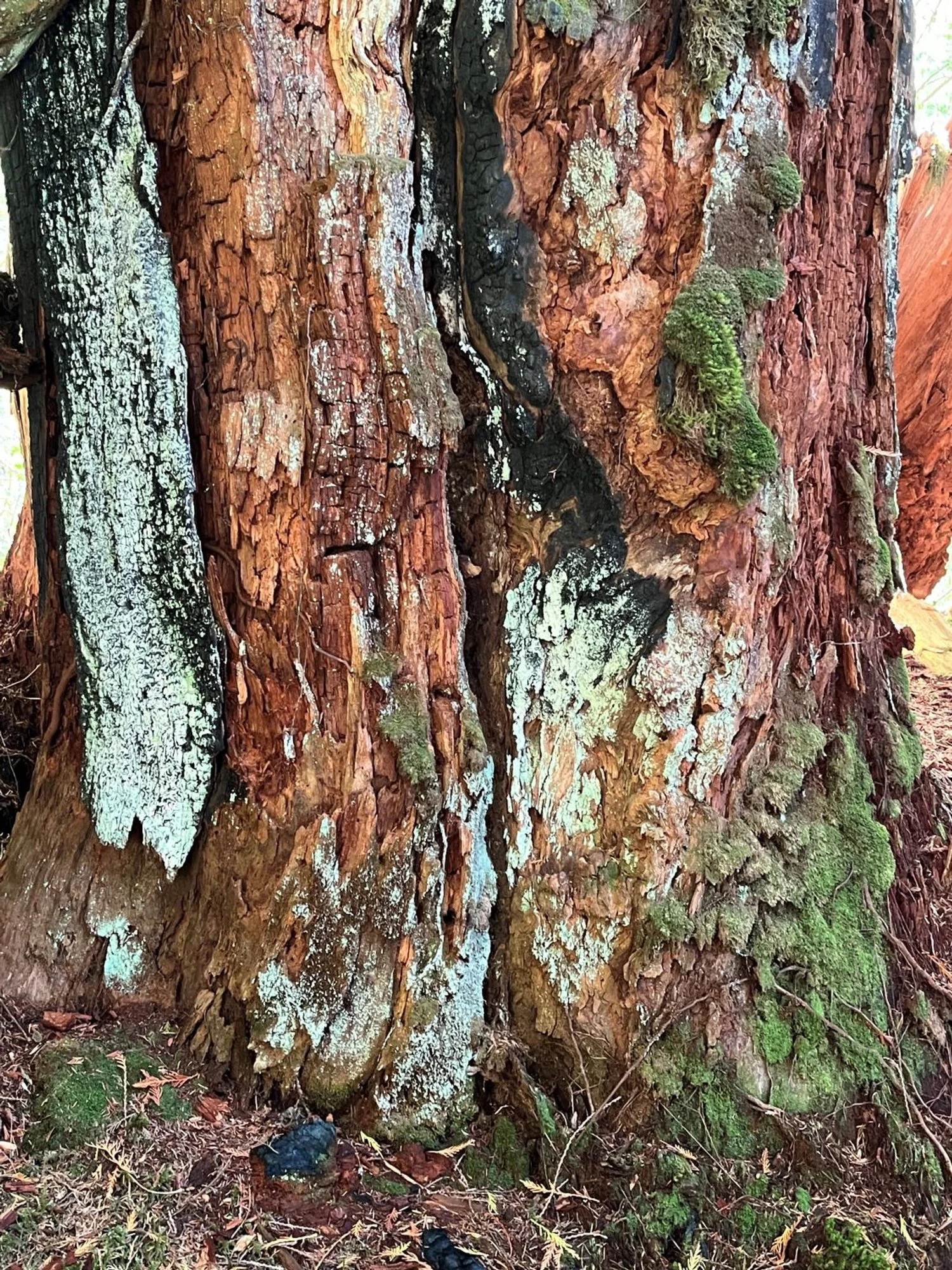
36. Eagle Creek (Salmon-Huckleberry Wilderness)
Summary
Length 4 miles one way
Difficulty Moderate
Season Spring to autumn
Elevation range 1,600 – 2,120 feet
Human imprint Low (old road; Salmon-Huckleberry Creek Wilderness)
Information Mount Hood National Forest (Zigzag Ranger District)
Primary old growth features
Luxuriant, low-elevation old growth with scattered giant Douglas-fir.
Description
The rich, riparian environment along Eagle Creek supports a productive and beautiful old forest, including enormous survivors of past wildfires. Located almost entirely within the Salmon-Huckleberry Wilderness, the Eagle Creek Trail is both low-elevation and surprisingly close to the Portland metro area. Over the last thirty years the forest has markedly matured, illustrating the importance of conserving mature forests for their future value as old growth.
Thirty years ago, the forest along Eagle Creek could have been described as mature possessing some characteristics of old growth, e.g., abundant dead wood from the prior stand, but not really of the stature and structure of fully developed old growth. Now, thirty years later, the forest has matured into old growth by anyone’s definition, aided in this maturation process by the highly productive sites near Eagle Creek. Extensive areas of oxalis and swordfern along the trail are indicative of high growing potential in the valley. High growth rates accelerate development of large trees and dead wood, and more rapidly lead to a more diverse canopy, both vertically and horizontally.
Immense (5-7’ thick), fire-scorched Douglas-fir are scattered across the lower slopes along Eagle Creek, survivors from the old forest that pre-dated widespread and repeated fires in the mid- to late-nineteenth century and early twentieth century. Abundant stubby snags from that generation are in the final stages of decomposition, many colonized by young hemlocks. The general forest canopy is now composed of a post-fire generation reaching 3-4’ in diameter.
From the trailhead, follow the Eagle Creek Trail (501) downhill on an old, logging road through mostly young forest. The trail enters the Wilderness after a third of a mile or so, bottoms out a little over a mile later, and follows Eagle Creek upstream for the next five miles. Eagle Creek is almost always within earshot, but seldom within eyesight, though there are some access points. The first three miles after reaching Eagle Creek are in the entrancing old forest described above, but the trail loses much of its old character after that. Pick a picnic spot and return the way you came.
30 years of change
The forest has matured from a late-mature/early-old-growth forest into fully developed, beautiful old growth. The Salmon-Huckleberry Wilderness was expanded west to the National Forest boundary to include almost all of the hike. Trailhead access from the north is no longer feasible for a day-hike, and access to the trailhead from the west now appears stable.
How to get there
There are multiple ways to approach the trailhead, but the key point is to arrive at SE Eagle Fern Road. The most straightforward path is via the Clackamas Highway (Highway 211/224.) Turn north onto SE Wildcat Mountain Road from the highway approximately 4 miles north of Estacada, then turn right (south) onto SE Eagle Fern Road 2 miles later.
This same point can be reached via Highway 26. Take Highway 211 south from Sandy and turn left onto SE Judd Road after 4.3 miles. Turn left onto SE Howlett Road less than a quarter mile later. Howlett Road heads east and south and dead-ends at SE Eagle Fern Road after 2.3 miles, which is just a couple hundred yards from the Wildcat Mountain Road junction.
Regardless of your approach, follow SE Eagle Fern Road south and east for approximately 9 miles to SE Harvey Road. Note that the road makes several sharp bends, and the road name becomes SE George Road at the junction with SE Snuffin Road. Follow SE Harvey Road to where it ends at the trailhead, just under 2 ¾ miles from SE George Road. All but the first quarter mile of Harvey Road is gravel-surfaced. Note: do not turn right at 1.2 miles as Google recommends. Stay on the main road mainly eastward with occasional turns to the north.
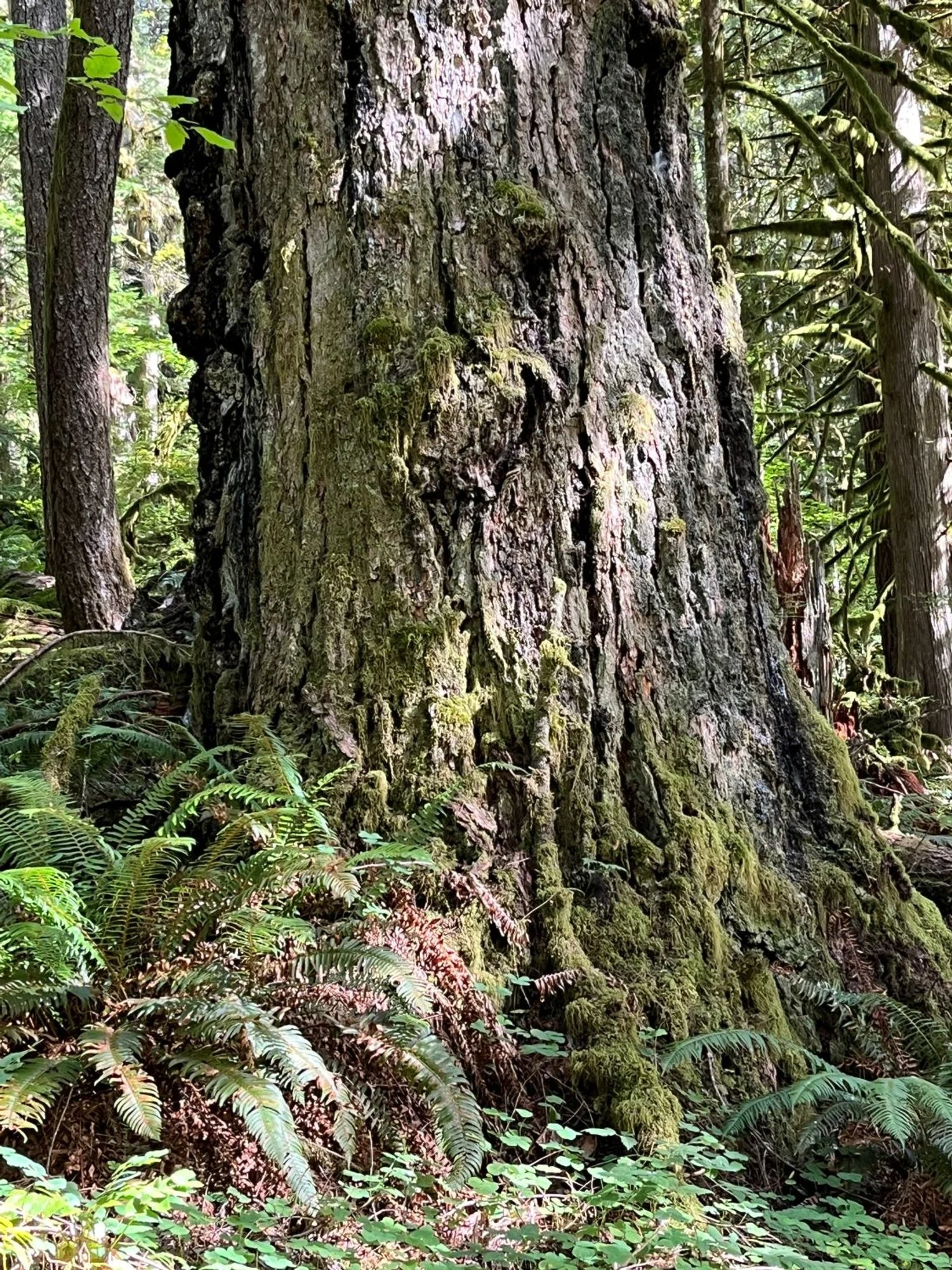
Giant Douglas-fir
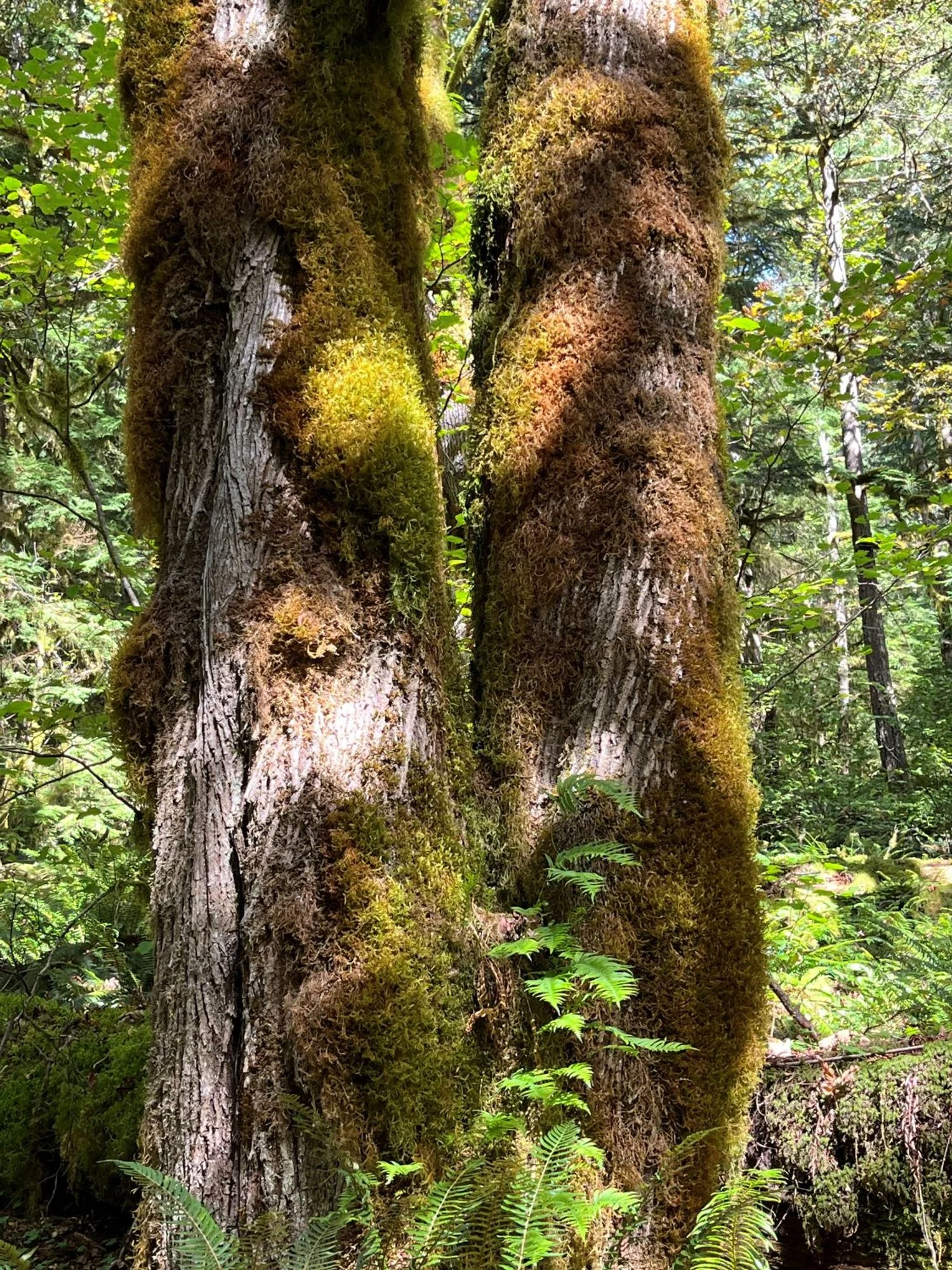
Bigleaf maple
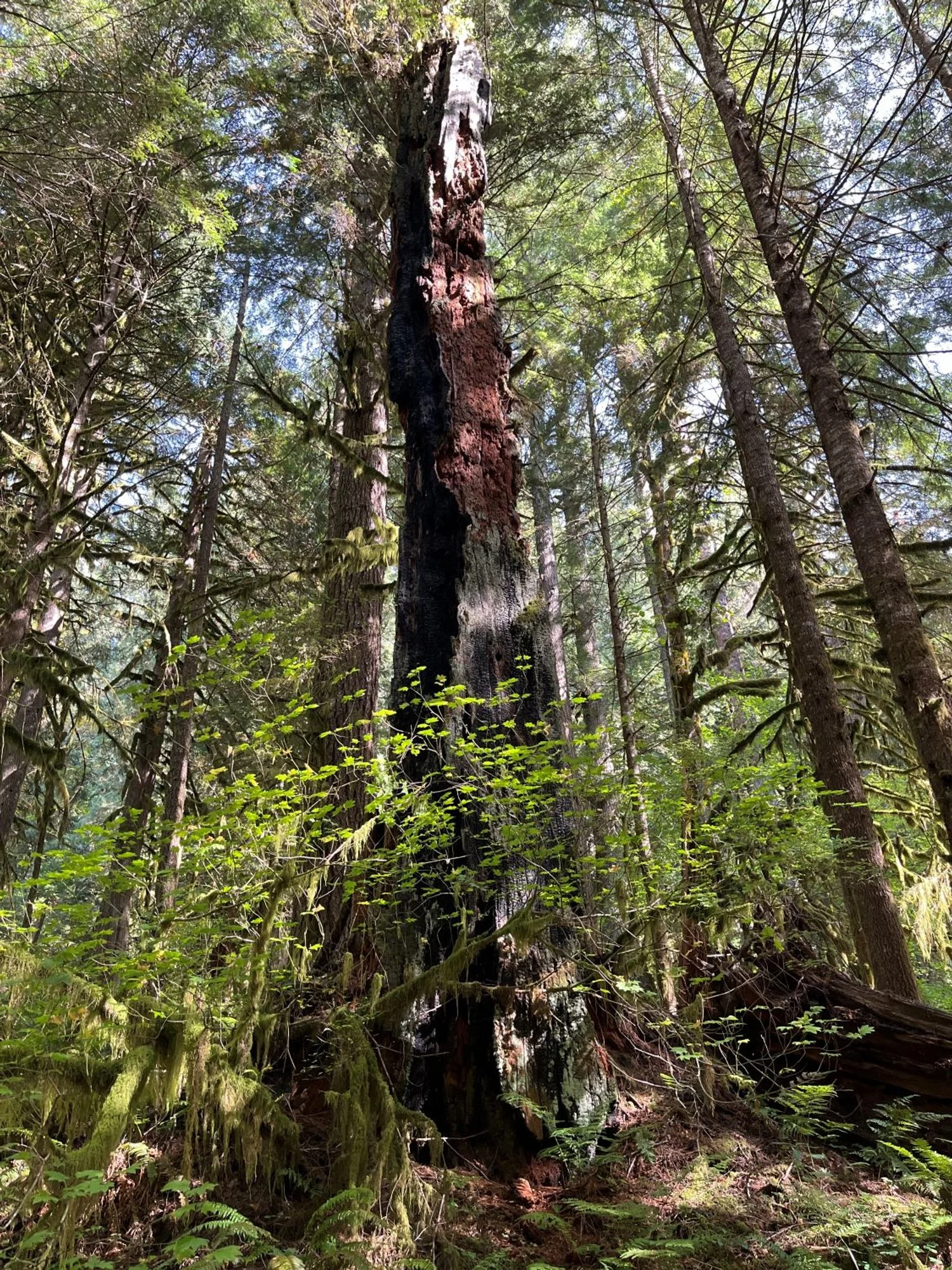
Still standing
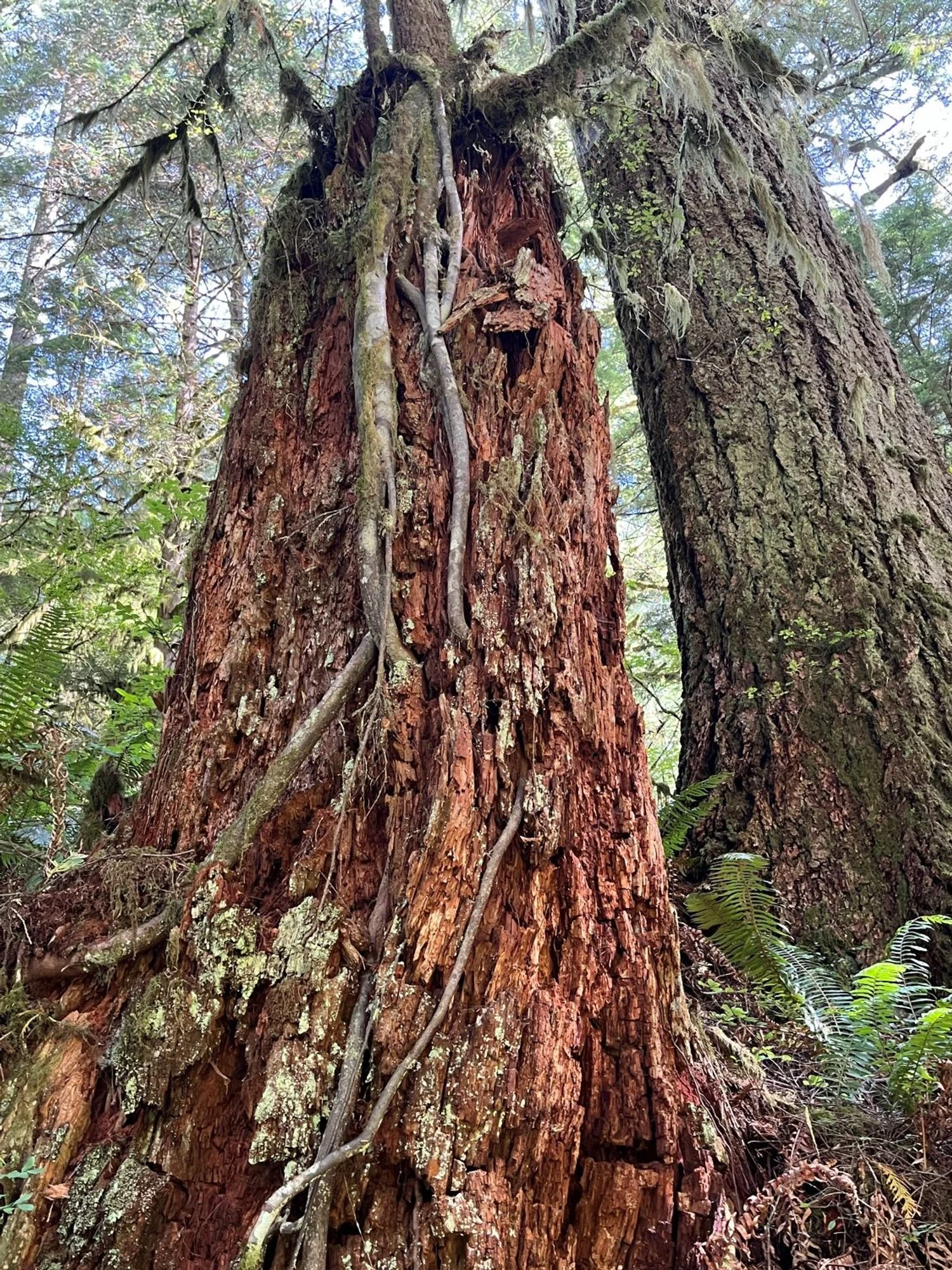
Western hemlock colonizer

Beautiful Douglas-fir
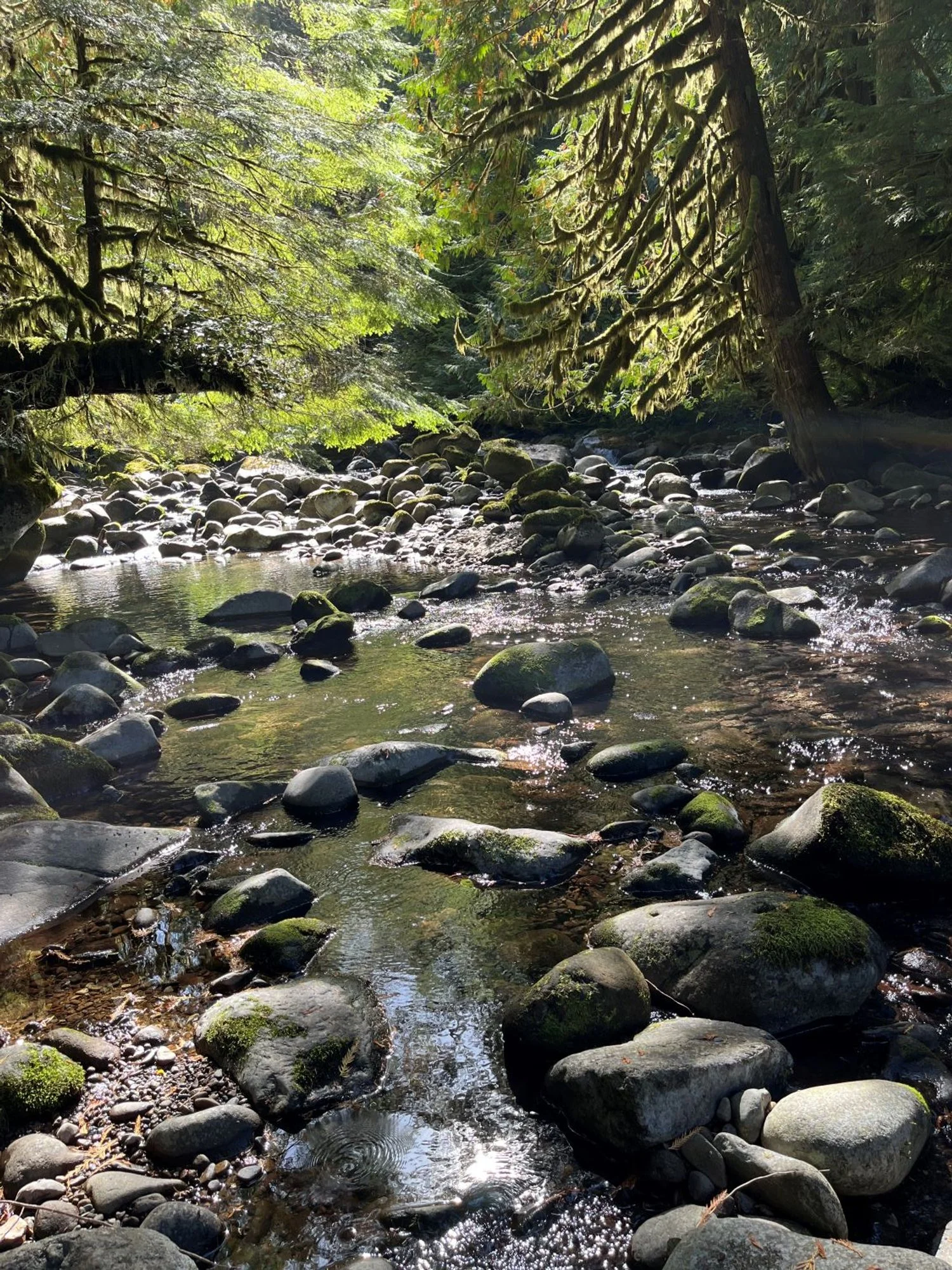
Eagle Creek
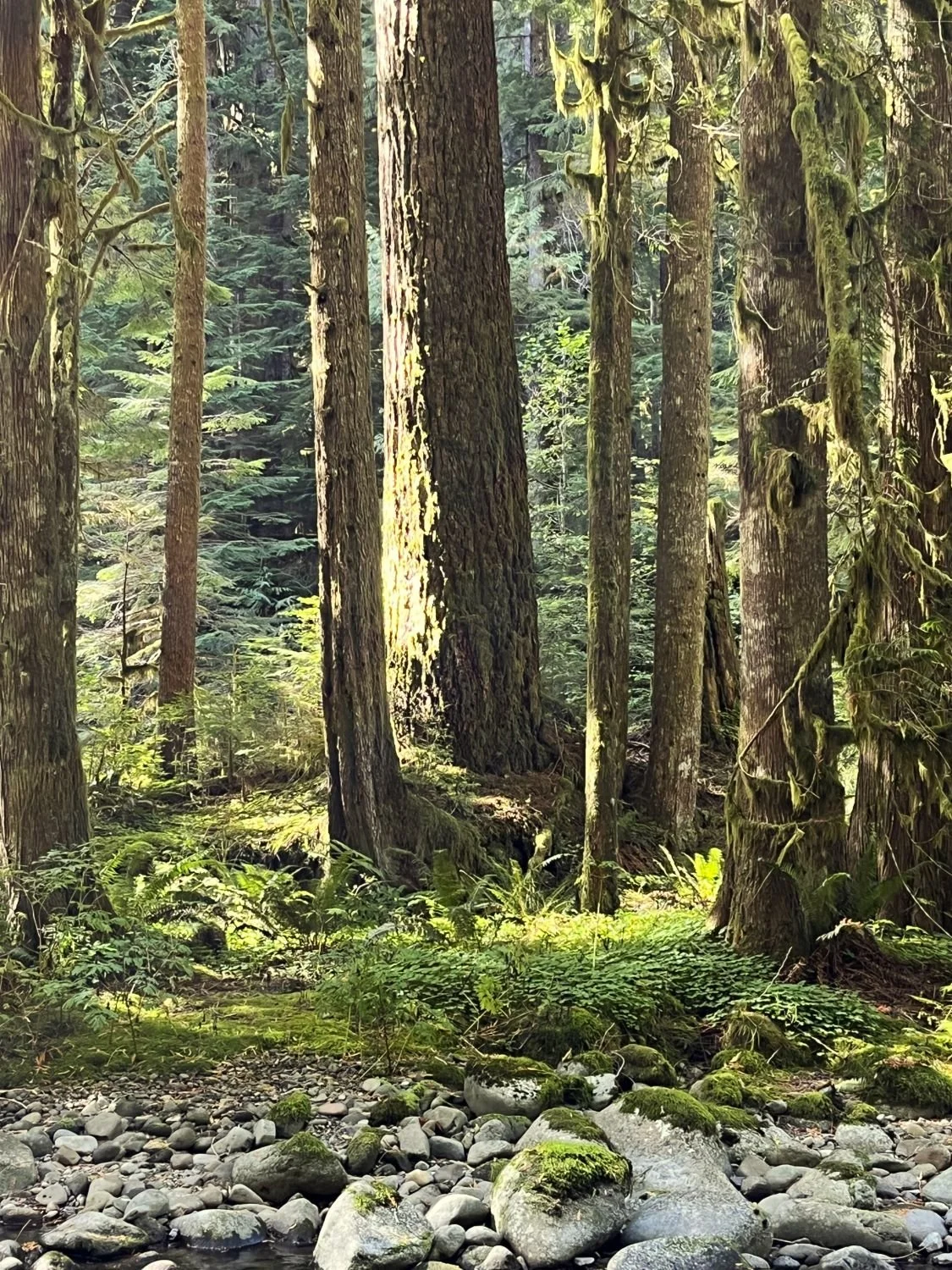
Across the creek
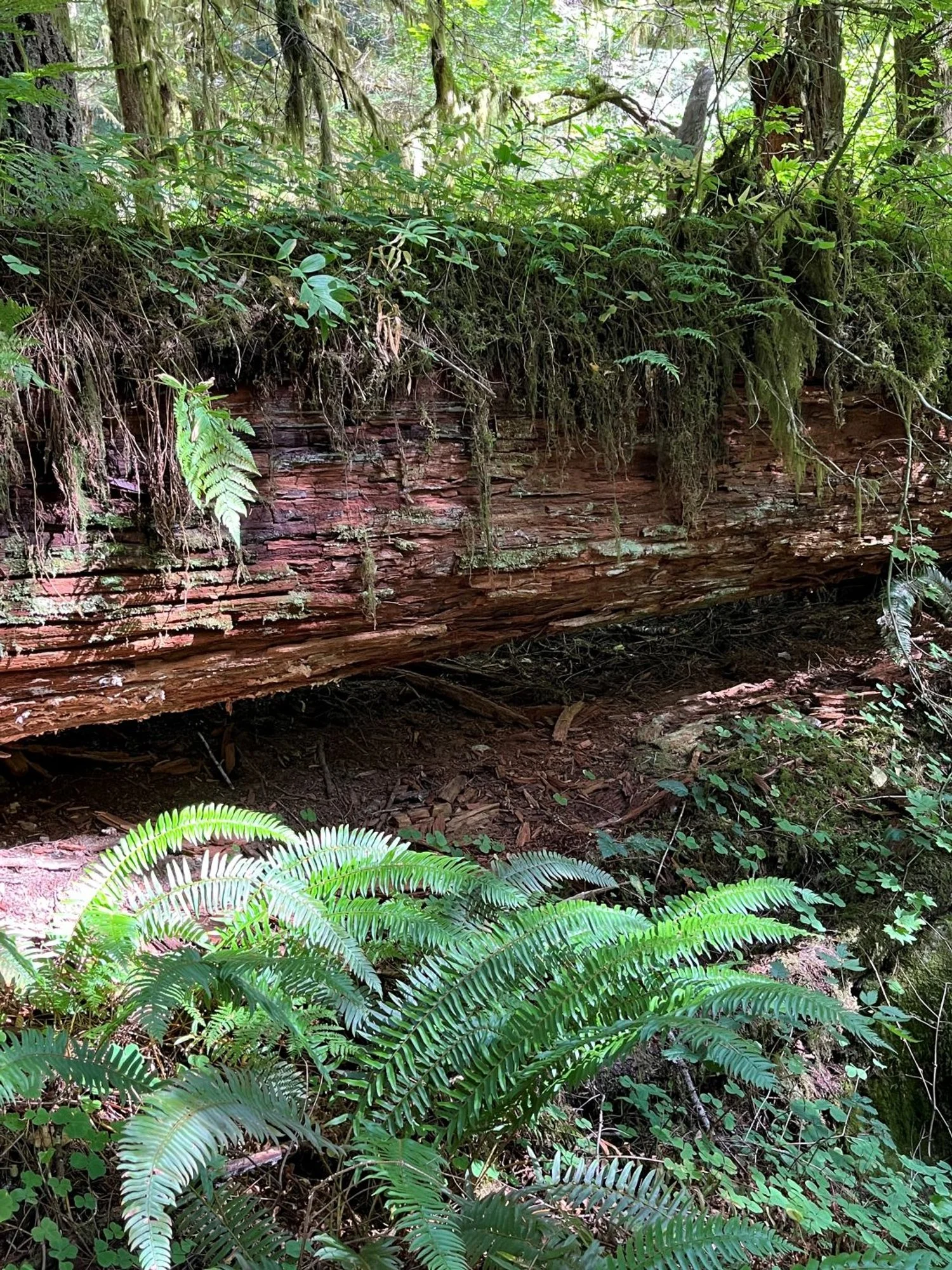
Every surface is a home

Violet webcap
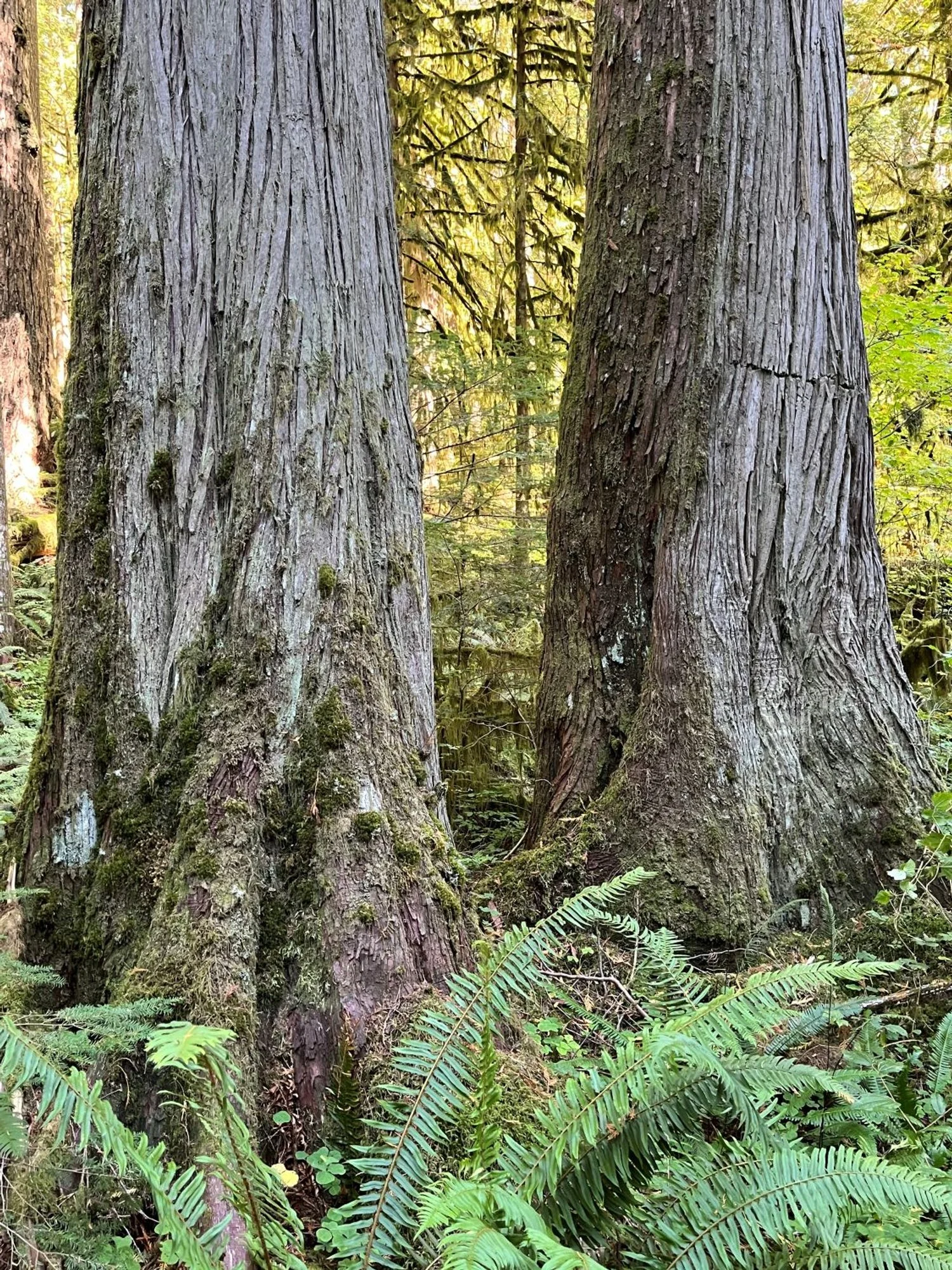
Twin redcedars
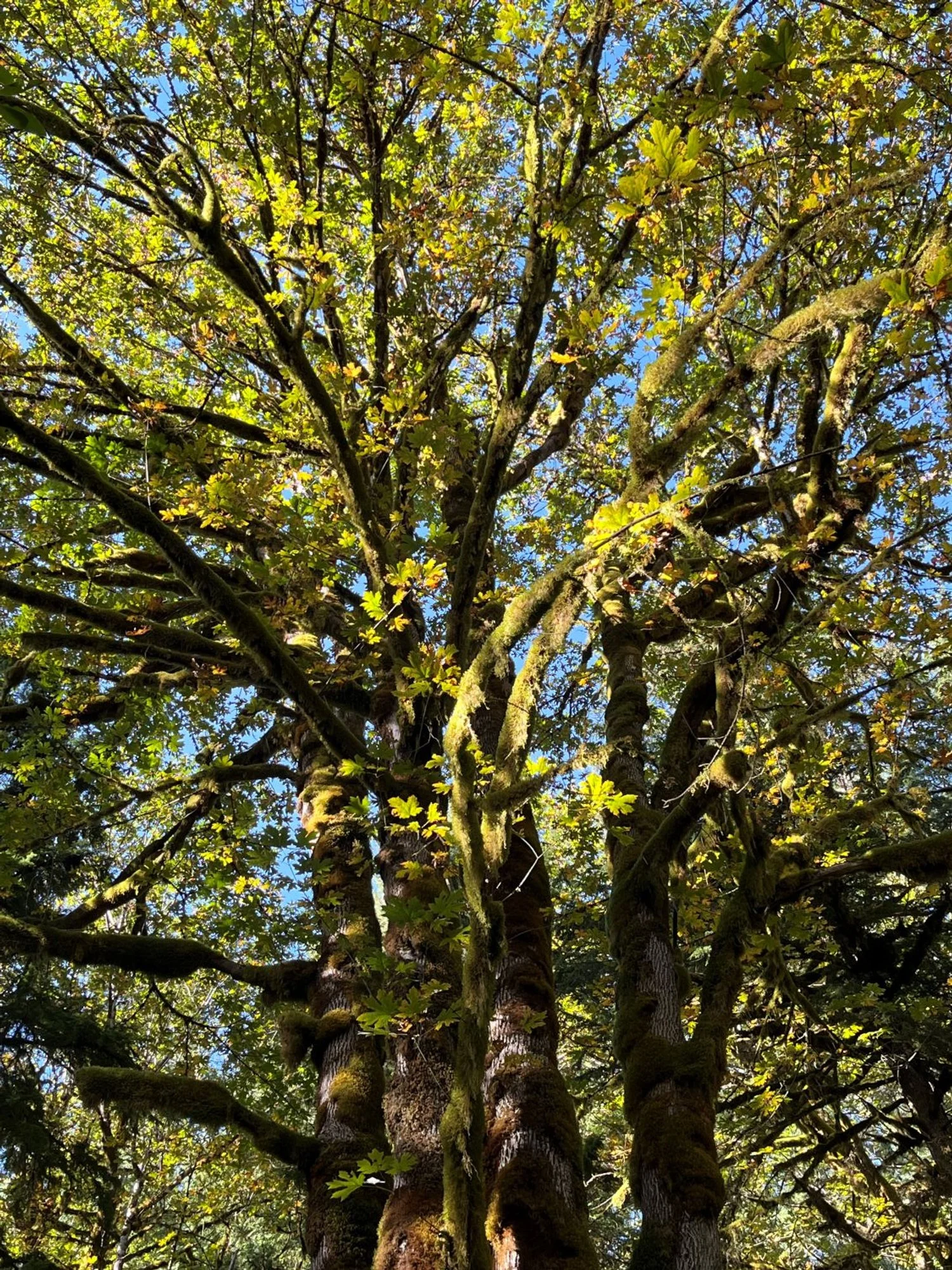
Bigleaf maple cluster
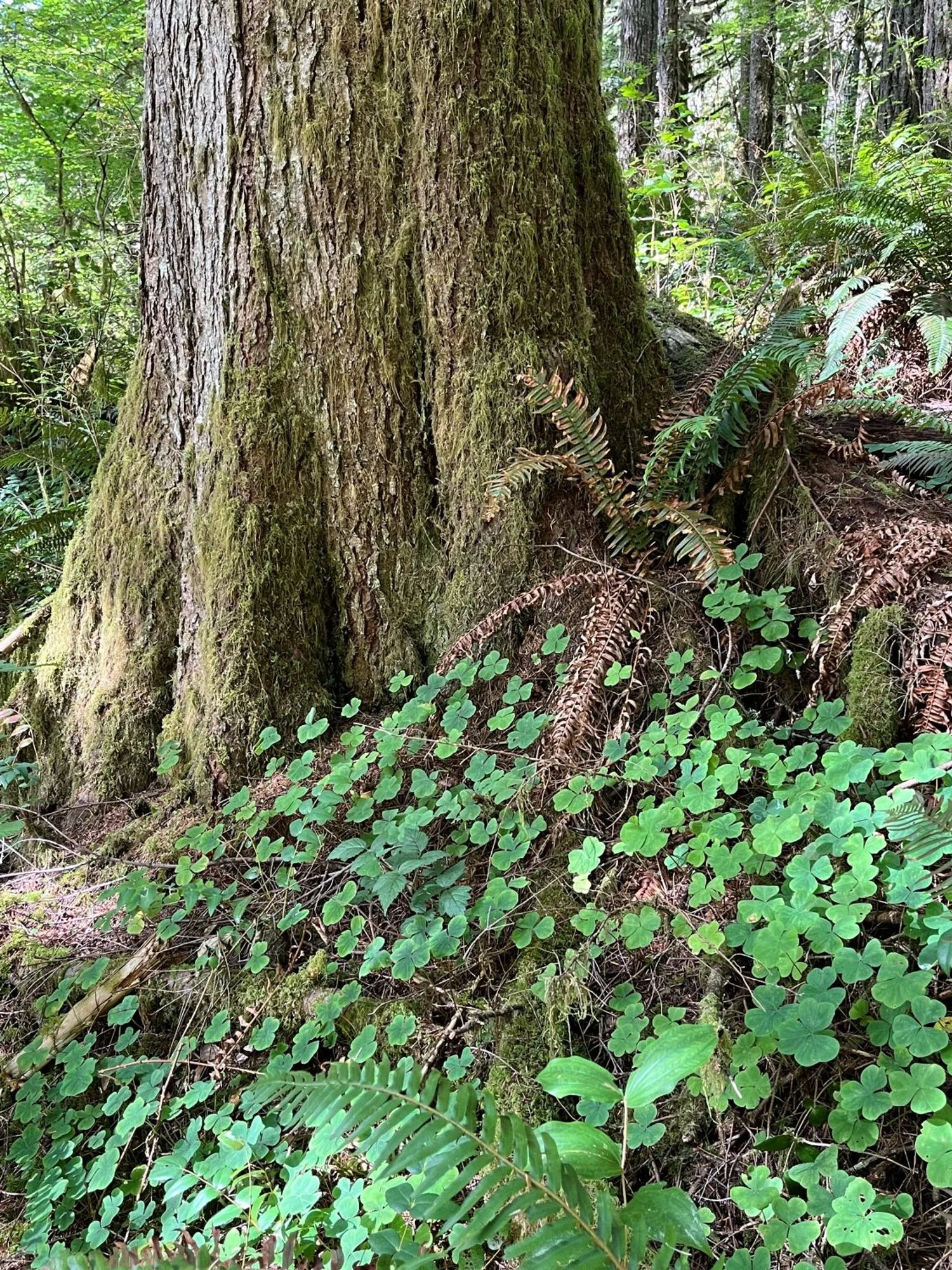
Old western hemlock
